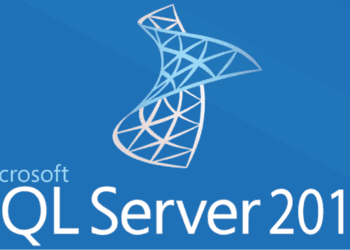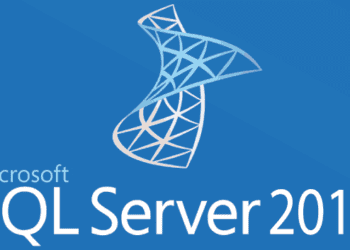SQL 2017 Always-on AG Pt. 8: AAG Setup
In this installment we will perform several tasks needed to successfully configure a SQL 2017 Always-On Availability Group (AAG). Tasks include Windows firewall rules (if you use the Windows firewall), configuring a replication folder, creating a small sample database, and finally configuring the SQL AAG.We will need to create two...

